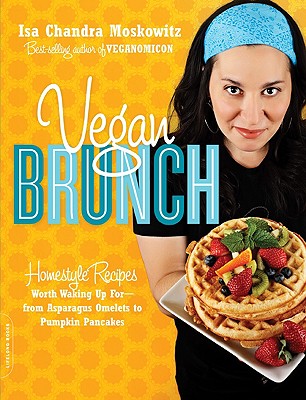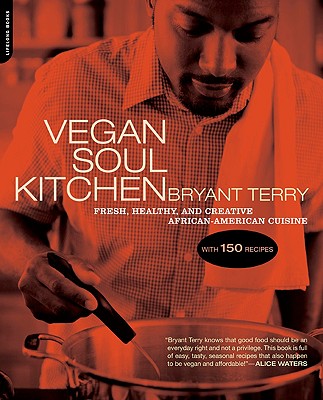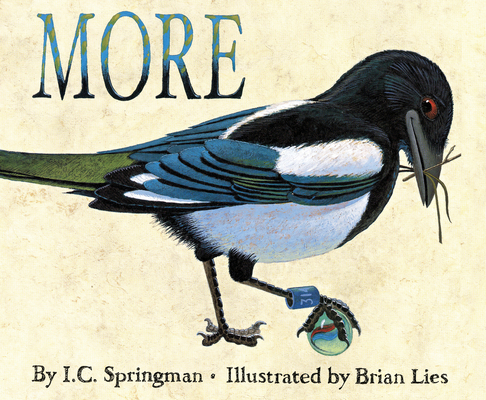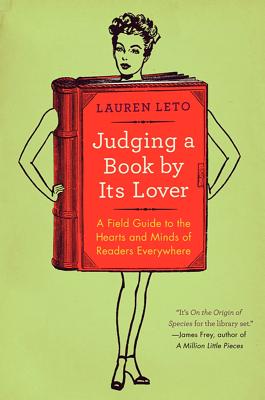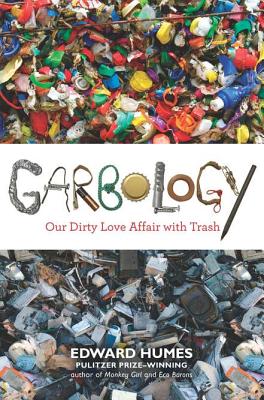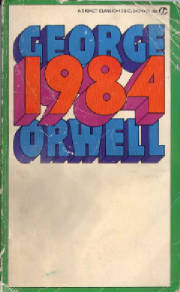Yep, you read that right, I'm blogging about an eReader. Due to popular demand and the emergence of a new brand, the bookstore I work in has finally started carrying the Kobo eReader. The booksellers are not thrilled about this, but at least this eReader comes to us as an indie-friendly version of Amazon's Kindle. It reads a lot like a Kindle, with eye-comforting ‘eInk’, which is very similar to reading on paper. This is not like reading on your computer or your iPad so it won't give you a headache. The indie-friendly part of it comes from the fact that when you purchase this from our store (or presumably any store) a percentage of your future purchases go to the store you bought it from. The Kobo was designed with independent stores in mind, so that our customers can buy eBooks with our independent store in mind as well.
I took the Koboglo home for a few evenings to test it out for myself. This eReader is black and white and features a frontlight that doesn't glare and makes reading in the dark a special treat. I’m still not a fan of eReaders as a whole, but I really liked this for reading in bed. I tend to read old paperbacks in bed and my reading light is heavy and sometimes flickers. I often give up on reading long before I am tired because the light is so annoying. I know, I know... I could get a different and better reading light, but I haven't, because I have to make stupid things difficult for some reason. The Koboglo is easy to see in the dark, but isn't so bright that it keeps my bedtime neighbor awake. There is no flickering, and once the book is loaded, it's responsive to page turns and bookmarking with no fuss. The light also means that I can get all the way under the covers in a Krysta-cocoon so my nose isn't cold on those chilly Vermont evenings. When I do that with my book light, it tends to fall off my book. Extra bonus: cats do not find eReaders as tasty as paper books.

As much as I enjoyed using the Koboglo at night, I must be an honest bookseller and point out that the Kobo is not the fastest eReader on the block. There were times when I tapped the cover of the book I wanted to read and then waited. And waited. And waited just a bit more. But, just when I thought the eReader had given up on life in general, it snapped out of it and loaded my book. However! Once the book was loaded, there was no waiting. In and out of standby mode took no time at all and when I wanted to pick up the book I got half way through the night before, it was there, waiting for me, with cookies.*
I wouldn't use it for my non-fic books because I do a lot of back and forth reading with those and sometimes underline bits I want to come back to later (or blog about). I wouldn't recommend this (or any eReader) to people who like to take notes in their books. While the option is there, it’s not as easy as just writing in a real book. You can, however, dog-ear pages in the Kobo. (If you’re the kind of insane person who would do such a thing to a real book, then please yes do buy an eReader and stop mangling books. I bet you’re a spine breaker too, aren’t you?) The final downside of this (or any) eReader, was given by my manager: When you have finished reading, you can not slam an eReader shut in that satisfying way only a book-lover can understand.
I'm now going to take a moment and explain why not all eReaders are created equal. While it's true you might be able to get an Amazon Kindle for maybe a bit cheaper and maybe it's a bit better than the Kobo, in terms of features and speed, there is a key difference that should matter to all readers, regardless of how they feel about buying from local and independent stores. When you pay for an eBook from Amazon, even though you are paying the same amount you would for just about any eReader, you do not own that book. Amazon can (and has) wiped Kindles owned by unsuspecting customers, with no notice or clear reason given. Because, even though the Supreme Court says corporations are people, those corporations are not legally bound to also have souls. Kobo doesn't do that. When you buy an ebook from Kobo, you own it. It's yours. End of story. Just like a real book. So if you're in the market for an eReader, a Kobo is a way to be tech savvy, stay indie, and own what you buy (which is what the cool kids are doing these days).
*Kobo does not provide cookies. As far as I know, no eReader does provide cookies. When they start providing cookies, I will be buying one. For now, I shall continue to beg everyone around me to provide cookies instead.


